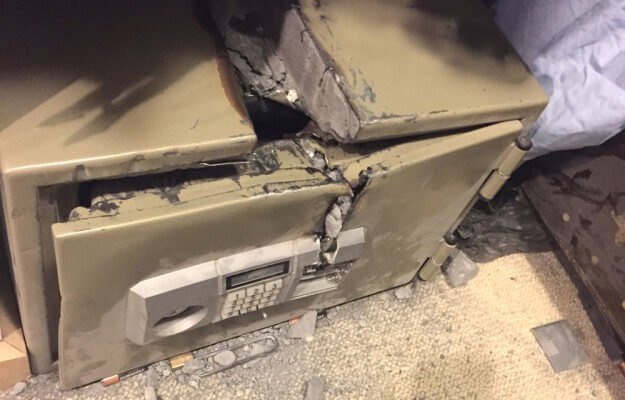
Keeping your valuable possessions safe and secure is a top priority for most homeowners and the difference between a high-quality safe vs a low-quality safe is critical to ensure the security of its contents. Whether it’s important documents, family heirlooms, or a significant amount of cash, you need to ensure that your valuables are protected against theft, fire, and water damage. That’s where home safes come in.
Home safes are an essential part of any home security system. They offer a secure and reliable way to protect your valuables from theft and damage. But not all home safes are created equal. In this article, we’ll discuss the difference between high-quality and low-quality home safes.
High-Quality Home Safes
A high-quality home safe is an investment in the security of your valuables. Here are some of the key features of a high-quality home safe:
- High-Quality Materials: A high-quality home safe is made from sturdy, durable materials that can withstand attacks from thieves and natural disasters. Look for safes made from heavy-duty steel with reinforced hinges and locking mechanisms.
- Strong Locking Mechanisms: The locking mechanism is the most important part of any home safe. A high-quality safe should have a reliable, tamper-proof lock that is difficult to pick or pry open. Look for safes with electronic locks, biometric locks, or dual locking systems.
- Fire Protection: A high-quality home safe should also offer protection against fire. Look for safes with a fire rating of at least one hour. This means that the safe can withstand temperatures of up to 1700 degrees Fahrenheit for at least one hour without damaging the contents inside.
- Water Protection: Water damage can be just as devastating as fire damage. Look for safes with a waterproof rating. This means that the safe can withstand being submerged in water for a certain period of time without allowing any water inside.
- Large Size: A high-quality home safe should be large enough to accommodate all of your valuables. Look for safes with a large interior space and adjustable shelves.
Low-Quality Home Safes
While low-quality home safes may be less expensive, they can be a false economy. Here are some of the key features of a low-quality home safe:
- Poor Quality Materials: A low-quality home safe is typically made from thin, lightweight materials that are easy to break into. These safes may look sturdy on the outside, but they offer little protection against theft or damage.
- Weak Locking Mechanisms: A low-quality safe may have a simple lock that can be easily picked or pried open. These safes are easy targets for thieves.
- No Fire Protection: A low-quality home safe may not offer any protection against fire. If a fire breaks out in your home, your valuables will be at risk.
- No Water Protection: A low-quality home safe may not be waterproof. If there is a flood or other water damage in your home, your valuables will be ruined.
- Small Size: A low-quality home safe may be small and offer limited storage space. This can be inconvenient if you have a lot of valuables that need to be stored.
Conclusion
When it comes to home safes, you get what you pay for. A high-quality home safe may be more expensive, but it offers superior protection for your valuables. It’s an investment in the security of your home and your peace of mind. A low-quality home safe, on the other hand, may offer little protection against theft, fire, or water damage.
When choosing a home safe, it’s important to consider your specific needs and budget. Consider the size of your valuables, the level of security you require, and the potential risks to your home. With the
